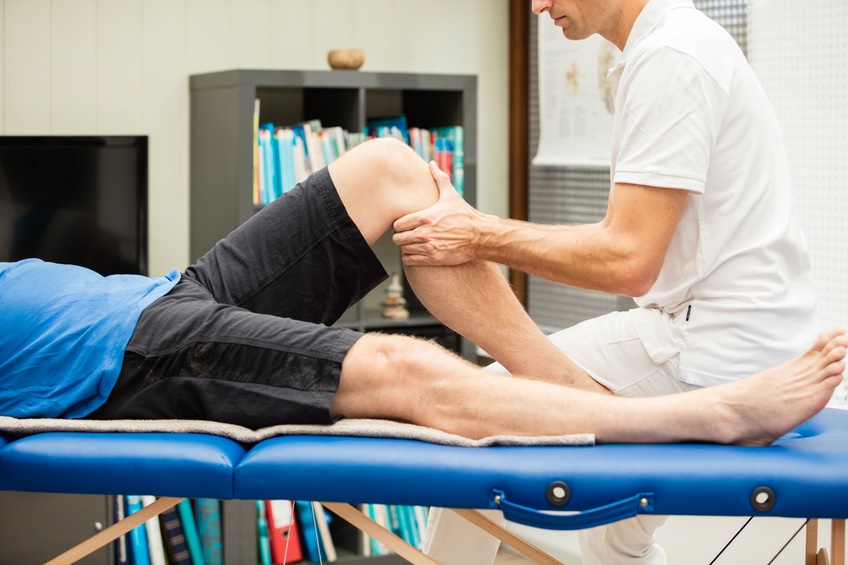What is the ACL?

If you play sports (or even watch them on television), you have probably heard the acronym “ACL”. You may know that the ACL is located in the knee, or that it is one of the most frequently injured body parts, but what else do you know? Keep reading to learn more.
What is the ACL?
The ACL, or anterior cruciate ligament, is one of the main ligaments in the knee. It attaches from the thigh bone to the shin bone and controls the back and forth swinging motion of your shin. The ACL also provides stabilization for the knee and helps keep the shin bone in place.
ACL Injuries
After the ankle, knees are the most commonly-injured body part in all of sports. While there are a variety of different knee injuries, ACL sprains (or tears) rank near the top, with an estimated 200,000 occurrences per year.
ACL sprains are broken down into three categories based on severity:
-
Grade I Sprain. Mild damage. The ligament has been slightly stretched, but can still provide support for the knee.
-
Grade II Sprain. Moderate damage. The ligament is partially torn and there is some instability in the knee when walking or standing up.
-
Grade III Sprain. Severe damage. The ligament is completely torn into two pieces and the knee is very unstable.
Causes
ACL injuries are usually caused by a sudden, traumatic impact to the knee, such as:
-
Rapid change of direction.
-
Direct collision to the knee.
-
Turning of the body while the foot is firmly planted on the floor.
-
Awkward landing from a jump.
Symptoms
Basic signs and symptoms of ACL injuries include:
-
A popping or tearing sound at the time of injury.
-
Extreme pain or discomfort.
-
Swelling.
-
Loss of range of motion.
-
Instability when attempting to stand or walk.
Treatment
Treatments for a torn ACL can vary depending on the patient and the severity of the tear. Mild injuries can sometimes be fixed with nonsurgical measures such as rest, ice, bracing, and physical therapy. Complete tears, however, will almost always require surgery. Speak with a physician to learn more about your options.
Are you suffering from pain, swelling, and instability in your knee? It’s possible that you are dealing with an ACL injury. Whether you sustained the injury while playing sports or carrying in the groceries, help is available at Orthopaedic Specialty Group. As southern Connecticut’s largest and most experienced practice, we have a team of knee specialists ready to get you on the road to recovery. Call (203) 337-2600 to schedule an appointment.
